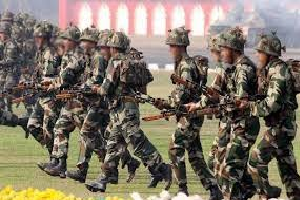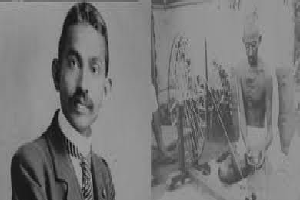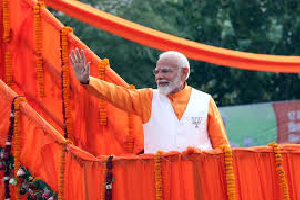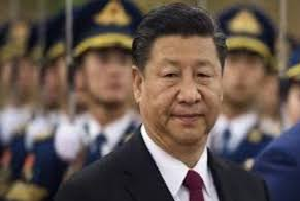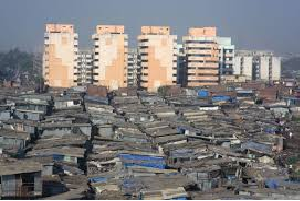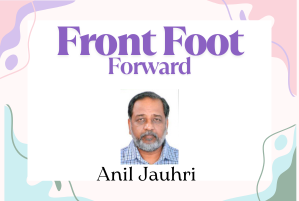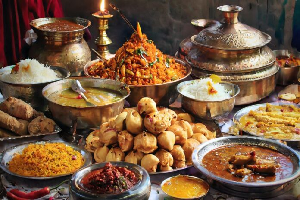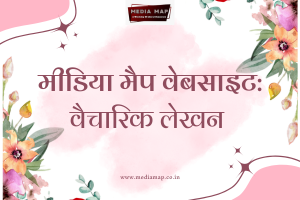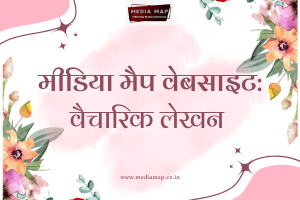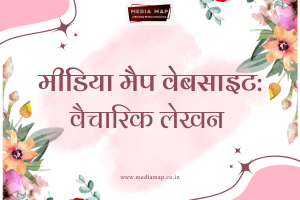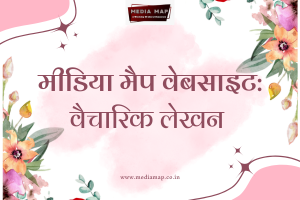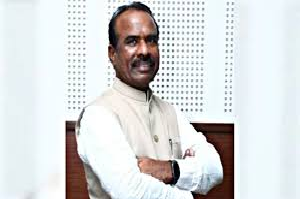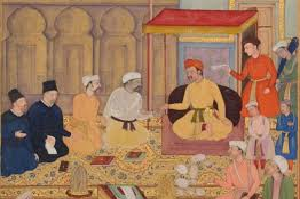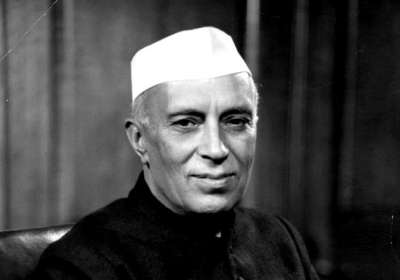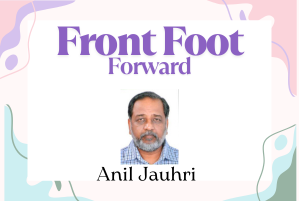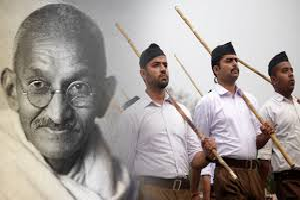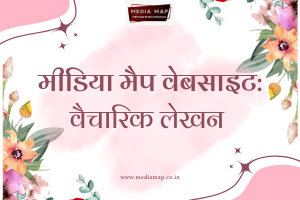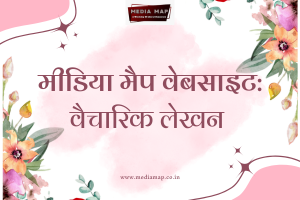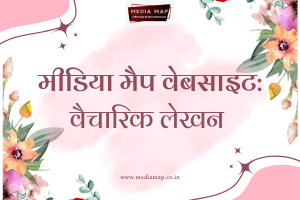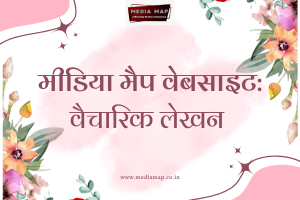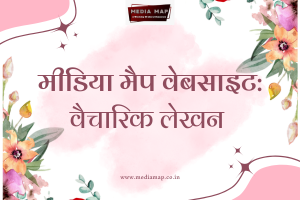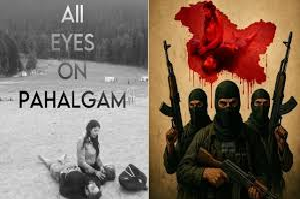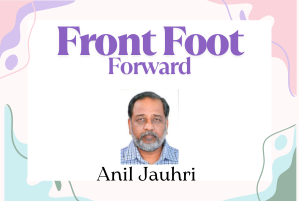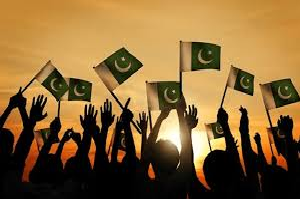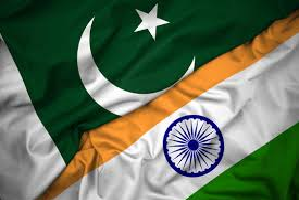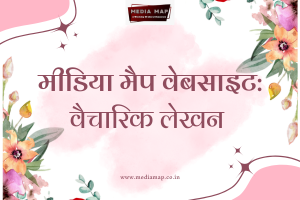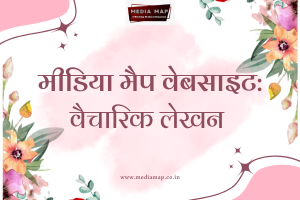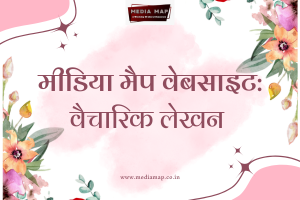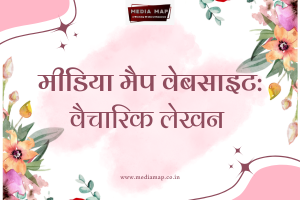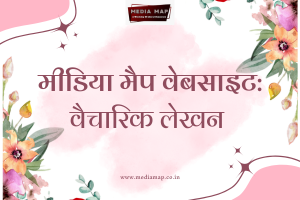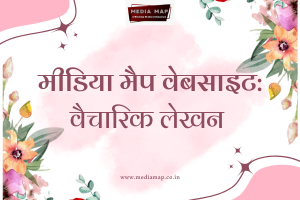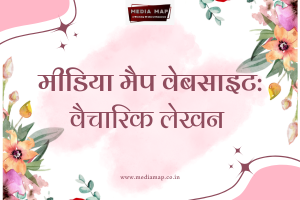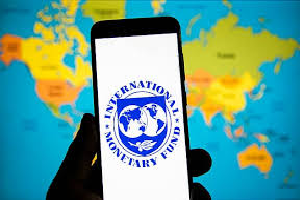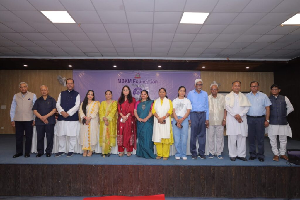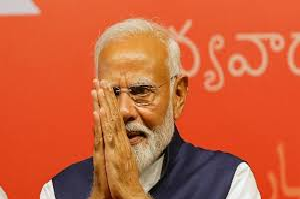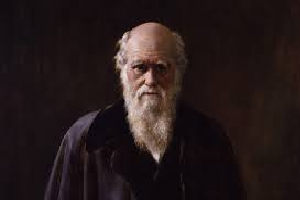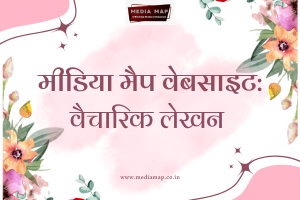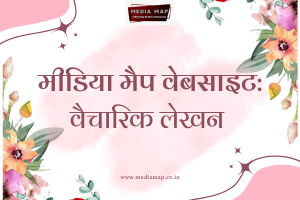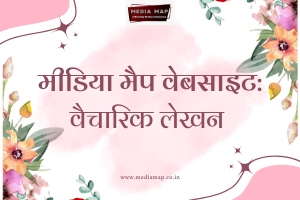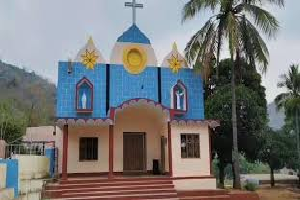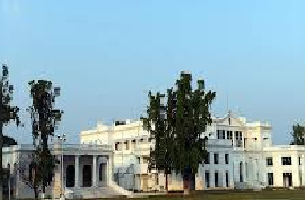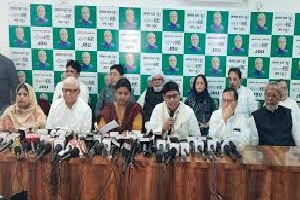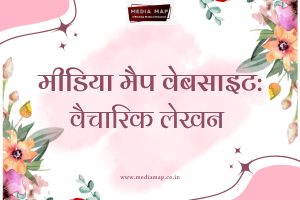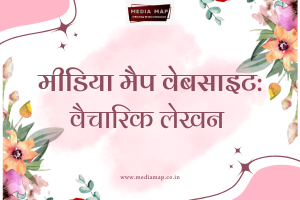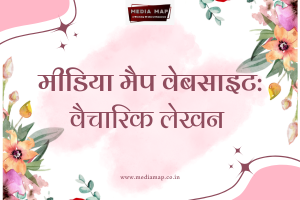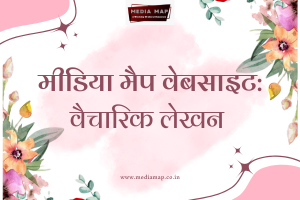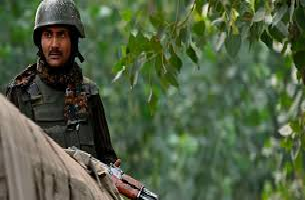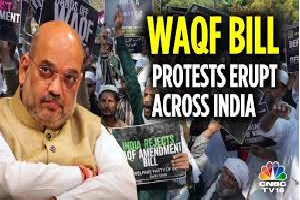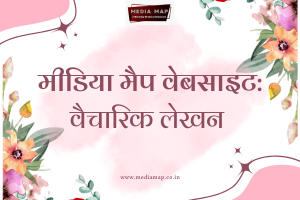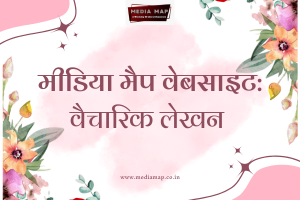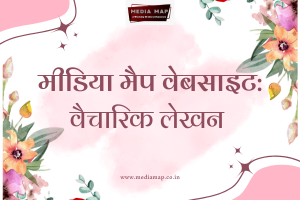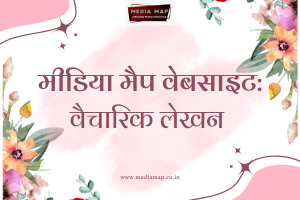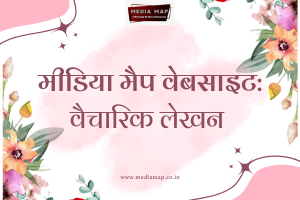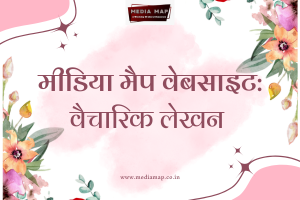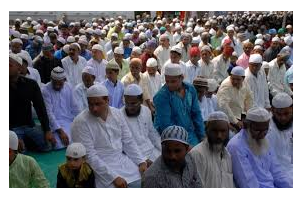4

John Dayal
New Delhi | Wednesday | 4 September 2024
When Wing Commander Shubhanshu Shukla goes to the International Space Station later this year on board an American rocket, he may perhaps not know how his destiny is linked to a small church in Kerala, and a 600-year-old college of Britain’s Oxford University.
Connecting India’s second astronaut – after the first, Squadron leader Rakesh Sharma fifty years earlier – is the improbable Mary Magdalene, one of the few women associated with the Apostles who accompanied Jesus Christ in his three-year public ministry before his betrayal, trial and execution in distant Jerusalem.
Her name adorns many religious and educational institutions around the world. For our story, the most important one is a small church in the south of Kerala state.
The St. Mary Magdalene church in Thumba is the ‘manger’ where the Indian space programme was born some 65 years ago at the hands of Vikram Sarabhai, son of a billionaire and arguably India’s first space and nuclear scientist, together with Homiji Bhabha, both hand-picked by prime minister Jawaharlal Nehru.
Sarabhai met with the Catholic bishop, Peter Bernard Pereira, who readily agreed to give the church over for space research. The Thumba Equatorial Rocket Launch Station (TERLS), now the Vikram Sarabhai Space Centre, became home to its first engineer director, APJ Abul Kalam. As President of India, Kalam later wrote: "The prayer room was my first laboratory, the bishop's room was my design and drawing office."
The church was converted into a space research center by Vikram Sarabhai and Homiji Bhabha, pioneers of India's space and nuclear science. This humble beginning has led to India's remarkable achievements in space exploration.
The article also highlights India's strong democratic foundations, which have withstood challenges and ensured the country's progress. Despite its imperfections, India's democracy has proven resilient, and its people have consistently defended their rights and freedoms.
This is a story worth retelling as Indians reach to the stars, via the rear side of the moon. Many, if not most, of India’s show pieces since Independence 77 years ago are fruit of seed shown by the multiple giant “navratna’ Nehru invited to his circle to implement his, and Mahatma Gandhi’s vision of a new, modern India.
This would be an India wise in its inherited spirituality and philosophy, but in tune with the cutting edge physical and life sciences, engineering, and production lines.
His successors have tried to interpret his vision in their own way. They brought to the task many nuances of their own upbringing and persona. But the foundations, though laid in a blood-soaked earth following a chaotic Partition, were strong. On these each government built, storey by storey, the edifices we see today.
Prime among them is democracy. As the cusp of the first and second quarters of the 21st century, battered though it has been in a decade of ideological confrontations, India, or Bharat if you so prefer, can proudly declaim the strength and persistence of the salient pillars of its democracy – fraternity, liberty, a care for the least and the weakest.
If politics of governance erode or chip away any of them, the courts come to the rescue of the people. If the politicians, bureaucracy, the courts or other constitutional offices seem to cross limits set for them in the Constitution, the people take over. Regimes are changed peacefully, artlessly. Booth capturing by musclemen, tricks of the moneybags, and gimmicks of digital voting machines have failed to warp the popular vote.
Several of those elected to rule have, sometimes, wanted to reign. Each time, they were summarily tamed by the people. Indira Gandhi and decades later, a more recent, avatar have found the powerful ordinary mostly poor and middle-class people to strong to t rifle with for long.
Documenting events, investigating exceptions, and speaking with the people involved for close to 55 years, it is clear that India which so craves for an Olympic gold, is not fully aware how well it has run the Democracy race, across hurdles which made others struggle.
If nothing else, the mess in the neighbourhood is as good a reminder of this as any. Bangladesh is a remarkable example.
---------


